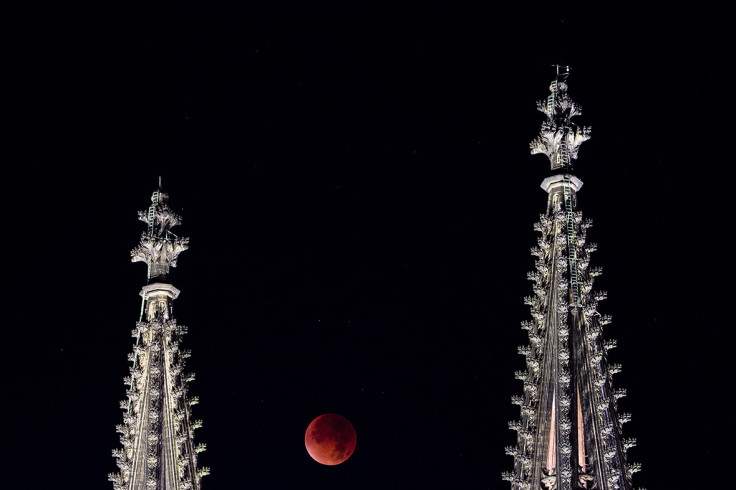Buck Moon Lunar Eclipse to occur on Sunday: Here's when to best view it
A Partial penumbral lunar eclipse occurs in the early hours of Fourth of July weekend.
Days after the rare annular solar eclipse, it's time to witness a penumbral lunar eclipse this week. The astronomical event will coincide with the Fourth of July weekend. So even if your neighbourhood celebrations for American Independence Day have dulled down due to coronavirus pandemic, there is a bonus celestial show to enjoy. Here are the details about the lunar eclipse.
A lunar eclipse occurs when Earth, moon, and sun are closely aligned. During this time, earth blocks the sun's light, and the moon moves into the Earth's shadows. However, there are three types of lunar eclipses: total, partial, and penumbral.
The upcoming eclipse is penumbral and during this time moon moves to the faint, outer part of Earth's shadow. It occurs when Earth, sun, and moon are imperfectly aligned in the row. According to NASA, the partial penumbral eclipse occurs on the next full moon which is called "Buck Moon," "Thunder Moon," and "Hay Moon."
"According to Maine Farmer's Almanac, as the full Moon in July and the first full moon of summer, the Algonquin tribes of what is now the northeastern United States called this full Moon the Buck Moon. Early summer is normally when the new antlers of buck deer push out of their foreheads in coatings of velvety fur. They also called this the Thunder Moon because of early summer's frequent thunderstorms," informs NASA's blog.
As per the space agency, the full moon will rise early Sunday morning at 12:44 am EDT. During this time, the moon will appear "close enough to opposite the sun that its northern edge will pass through the partial shadow of the Earth — called a partial penumbral eclipse."
NASA's map for the upcoming eclipse shows that the event will be visible from all of America, South-west Europe, and Africa. However, it may not be possible for the people to view the event without "instrumentation" because it's partial, as per the press release. Meanwhile, the eclipse will last for two hours and forty-five minutes.
The full moon emerges at 12:44 AM EDT on July 5 and the eclipse begins at 03:07 UTC, according to Time and Date. It reaches Maximum Eclipse at 04:29 UTC and ends at 05:52 UTC. As the moon remains below the horizon during this eclipse, it will not be possible to view it in some parts of Europe and all parts of Asia.

If the sky is clear, witnessing the eclipse will not be a problem. However, if you end up missing out on it, the next lunar eclipse will take place in November 2020.
© Copyright IBTimes 2024. All rights reserved.





